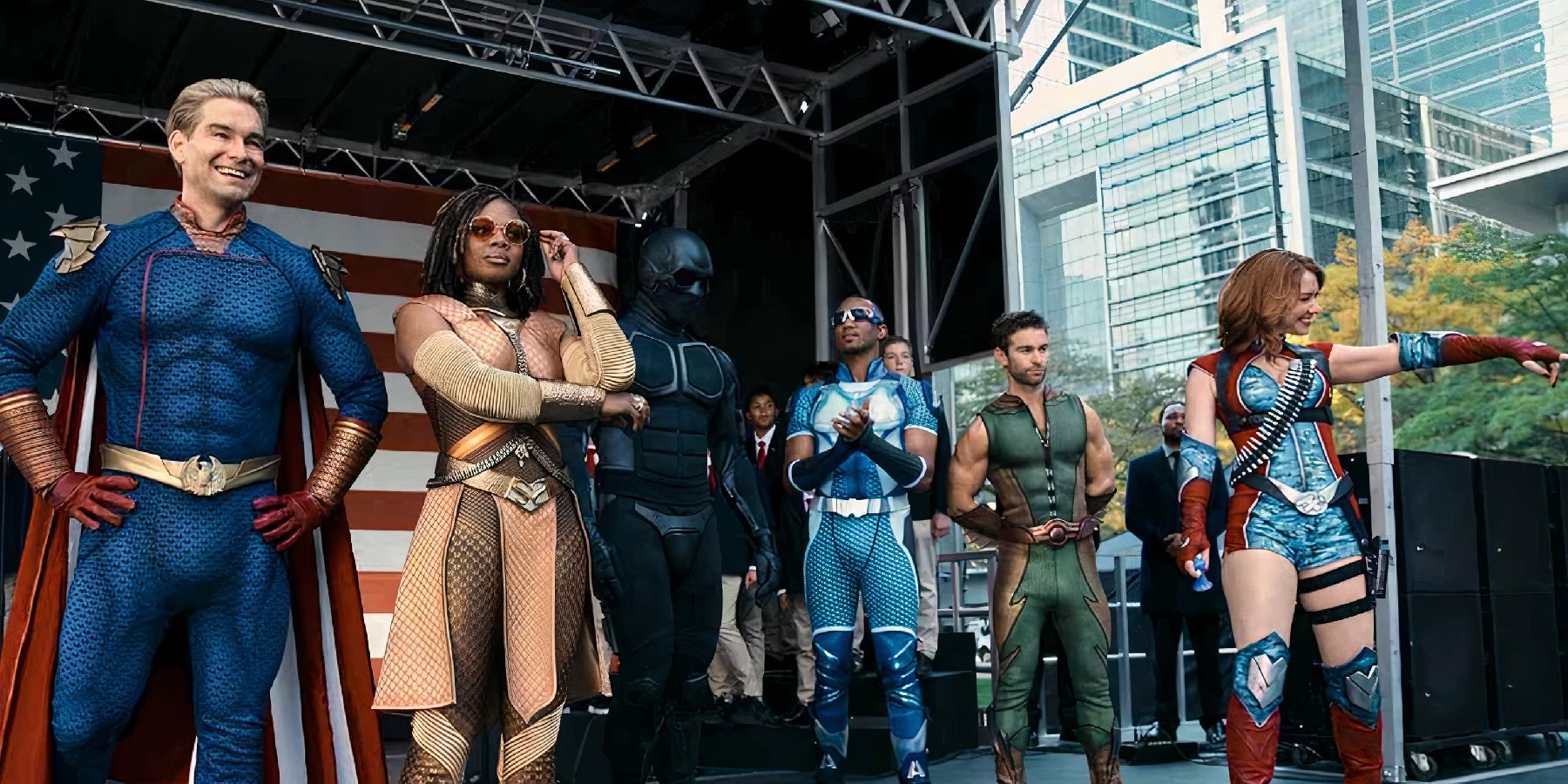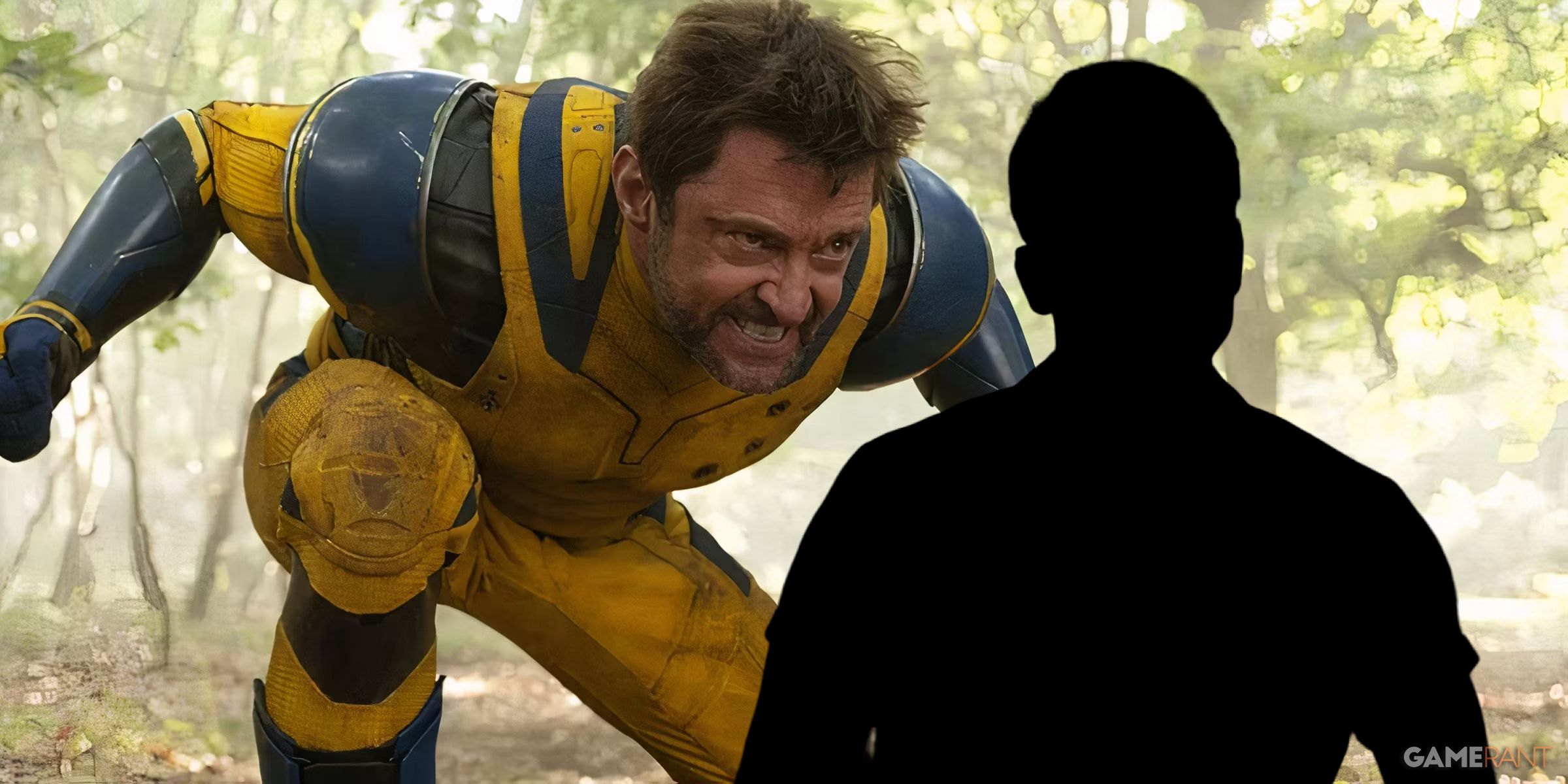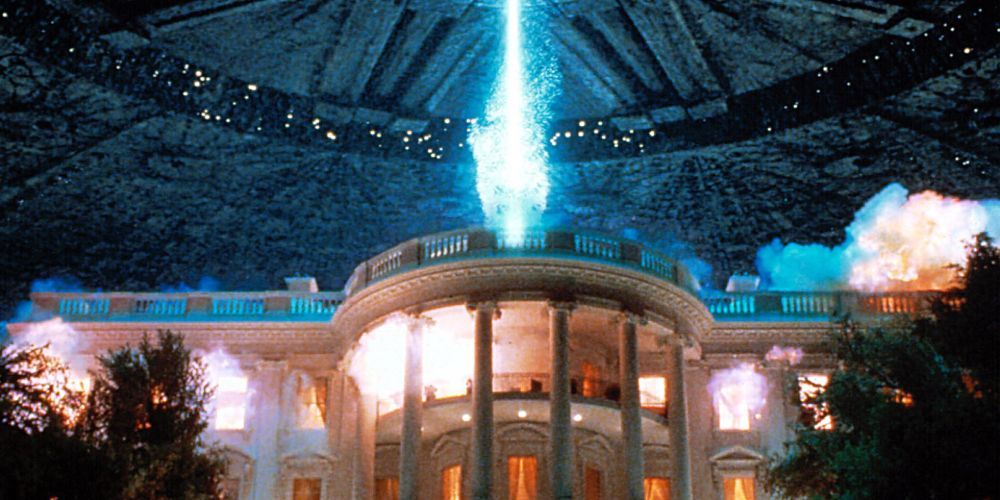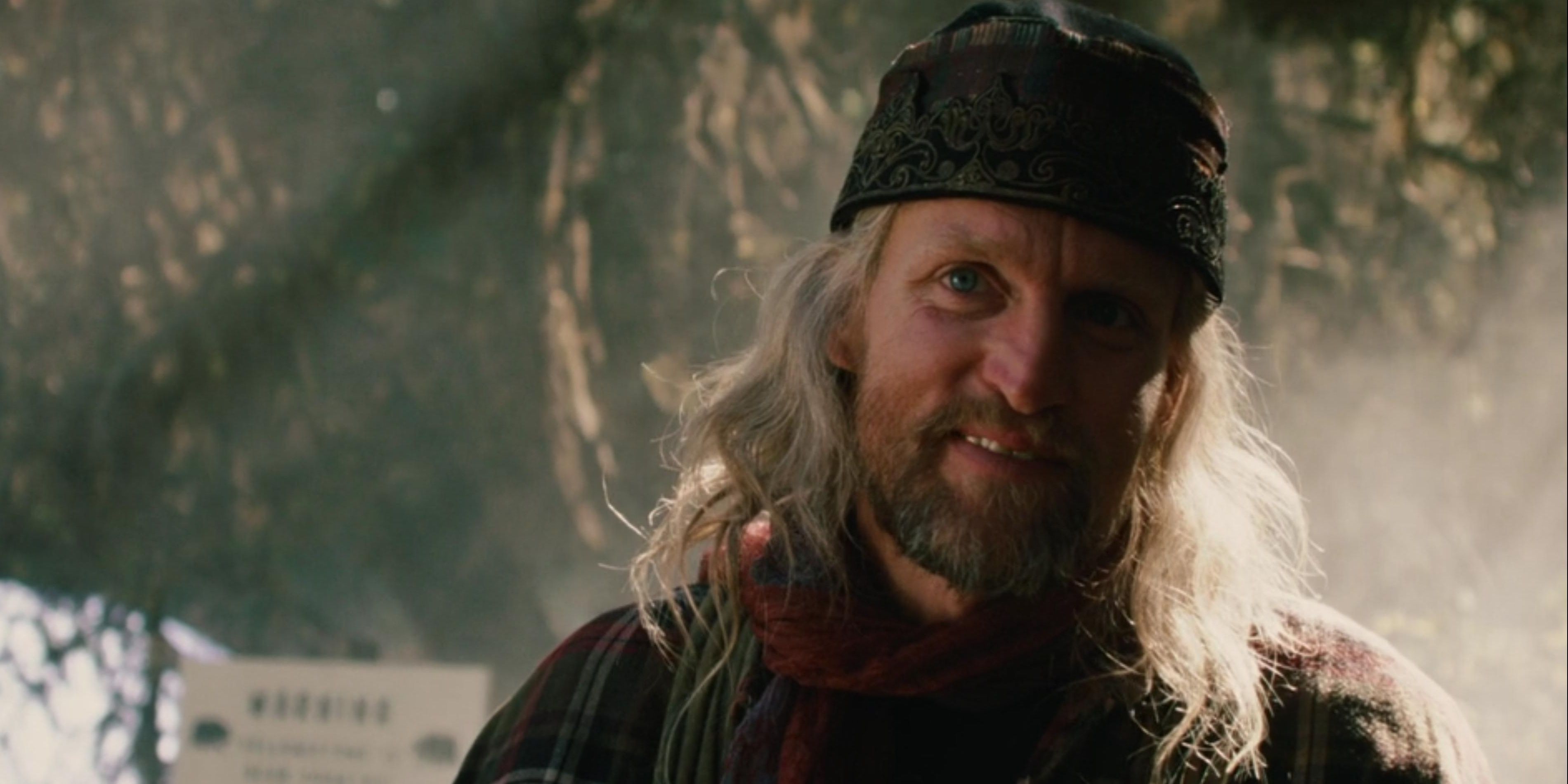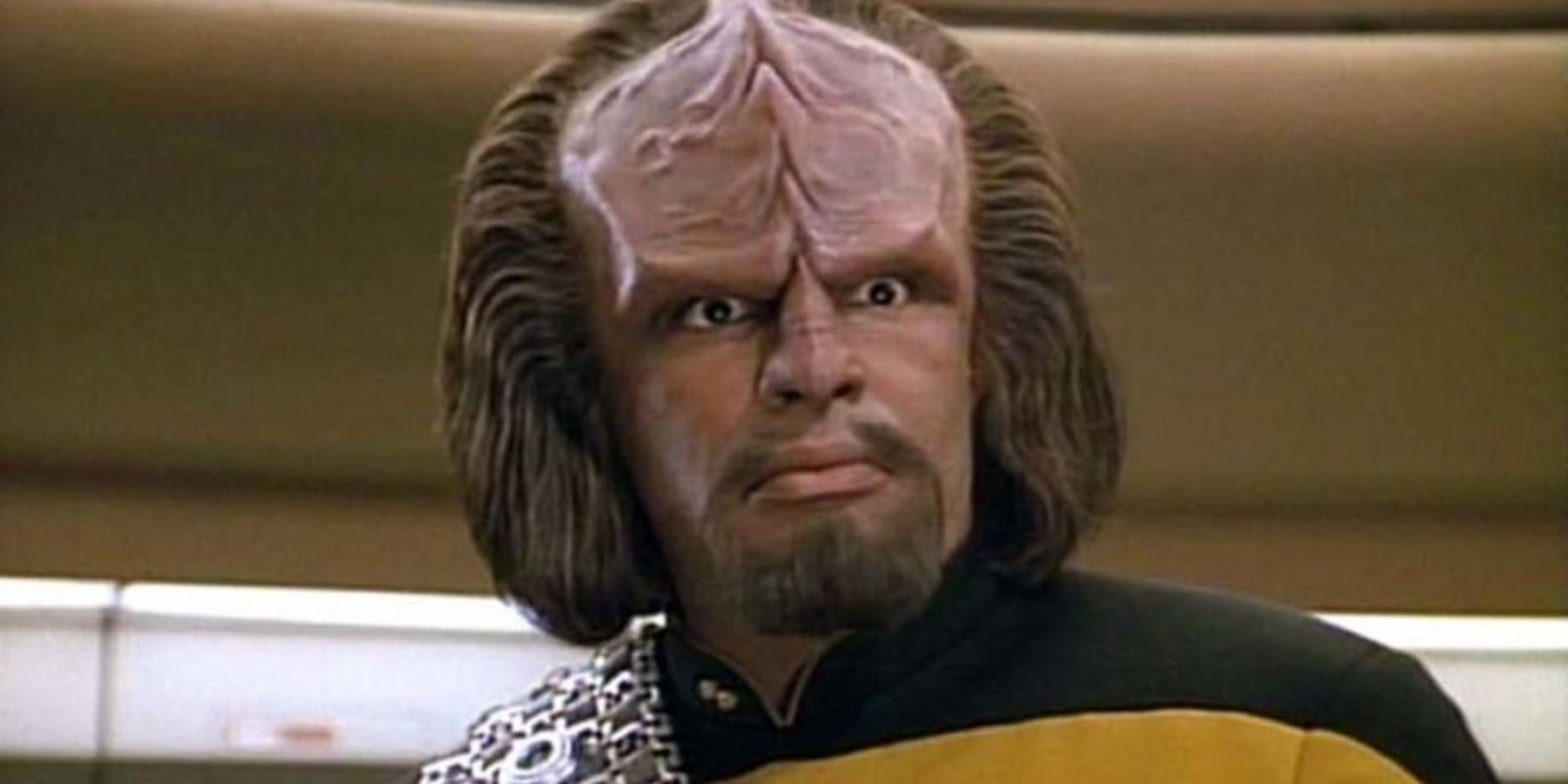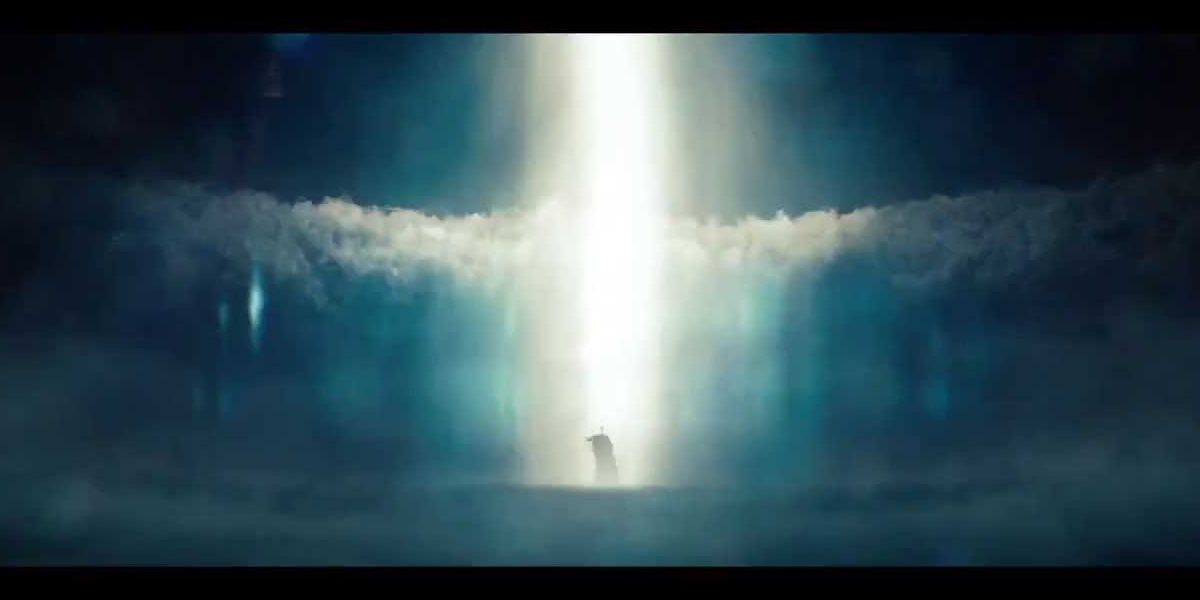Modern blockbuster storytelling has an unfortunate habit of retelling stories, borrowing ideas, and feeling stuck in well-worn patterns. Science fiction, with its focus on imagining theoretical realities in the distant future or the depths of space, can suffer from this creative overlap that weighs heavily on every medium today.
The modern infrastructure of science fiction cinema, TV, and literature is dominated by decades-old brand names that still have a huge impact on fans. In between these huge names are countless independent examples that are often innovating in new and interesting ways. Unfortunately, there are plenty of well-worn tropes that have outlived their usefulness and may have never been tolerable.
Science is Scary, Conspiracies Are Comforting
Science fiction tends to be fairly grim in its proclamations of the potential future. Mankind's hubris is a popular theme, and the overwhelmingly common concept of "playing God" through some advanced technology is a typical feature. Mad scientists or the dangerous things they make are portrayed as villains far too often. Most stories in the cosmic horror subgenre paint efforts to learn more about the universe as foolishly tempting greater forces to destroy us. This hatred of science is foolish and unhealthy, not to mention woefully overdone in fiction. For better or worse, Black Mirror's primary premise rests on the idea that technology might be a curse. When mankind's evolutionary desire to invent things to make their lives easier is the villain, the works tend to choose some unpleasant heroes.
Conspiracy theorists are the good guys of almost every Roland Emmerich film and the entire Monsterverse franchise. Tons of sci-fi stories make science the enemy, which logically suggests that those who oppose science are the heroes. This extends to films like Transcendence, which depicts the myopic desire to upload one's consciousness to the cloud as evil hubris, and portrays violent terrorism to oppose technology as morally correct. In real life, conspiracy theorists tend to demonize racial and ethnic minorities or enact violence in search of fake answers. In science fiction, they can be seen saving the world or at least having their predictions proven right by an oncoming apocalypse. The evil scientist is an outdated trope that only serves to foment irrational fear. The heroic conspiracy theorist is a foolish trope that never had any basis in reality.
Monocultural Races
The Saiyans are a "true warrior race." The Klingons are "born, live as warriors, then die." For a Mandalorian, "weapons are a part of their religion." Too many old sci-fi stories feature an alien race or an entire planet's population who all do one thing. This trope is better known as the "Planet of Hats," imagining a planet in which every denizen wears the same hat. This is common in space-faring fiction, as it allows creators to skip over the infinite complexity one species could hold and give them all one label. It also allows the one or two important members of the group who get ample screen time to subvert their hat. Some of the best works of science fiction ever written have used this to great effect, but in the modern-day, it's outdated and lazy.
The Planet of Hats is so common that there are even some pre-established default hats to pass around. The most common is the well-polished helm of the proud warrior race. Klingons are the go-to example, but Saiyans from Dragon Ball Z, Furyans from the Riddick franchise, and even the Yautja of Predator fame fall into this trope. Other common hats include a dedicated merchant species or a dedicated scholar species. This trope is way too common, and it often threatens to boil down interesting characters into stereotypes. In addition, it often overlaps with a ton of real-world discrimination, drawing uncomfortable parallels between types of aliens and Earth-based cultures and races. Dealing with complicated societies is tough, but writing individually interesting characters is always better than labeling an entire planet with one designation.
The Giant Beam in the Sky
This issue has been pointed out by a million different observers and the blame lies primarily with superhero movies, but far too many blockbusters feature a giant beam of light in the sky. This is part of a larger problem that sees every big-budget sci-fi action film dealing with the fate of the world, but the specific choice of apocalypse has also become stale.
Superhero movies are the primary culprit here, but there's plenty of blame to go around. The Fifth Element, Super 8, Skyline, Men in Black 3, Independence Day, Big Hero 6, and even Star Trek V: The Final Frontier use this as an easy shorthand for planetary destruction. CGI-heavy sci-fi blockbusters love to put the money on-screen, but the fact that so many make their point in the same way makes it unimpressive and boring. Sci-fi movie fans will have to wait and see whether the great sky beam finally outlives its usefulness.

